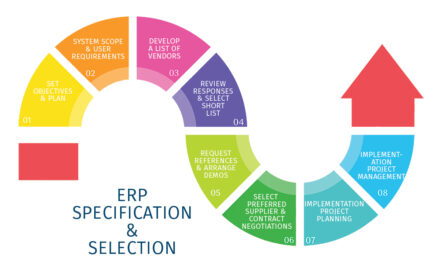In the realm of cybersecurity, Microsoft Cloud App Security (MCAS) emerges as a stalwart defender, offering a multifaceted approach to fortify digital assets. This article delves into its core components, features, benefits, and implementation strategies, providing a holistic understanding of MCAS and its pivotal role in cybersecurity.
1. Understanding Microsoft Cloud App Security:
Microsoft Cloud App Security (MCAS) stands as a robust cybersecurity solution, addressing key aspects such as threat protection, information security, identity and access management, and security management and compliance.
- Key Features and Components:
- Threat Protection:
- Real-time Analytics and Machine Learning: Proactively identifies potential security risks by scrutinizing user activities using advanced analytics and machine learning.
- Information Protection:
- Encryption, Access Controls, and DLP Policies: Ensures sensitive data remains secure through robust encryption, access controls, and data loss prevention policies.
- Identity and Access Management:
- Streamlined Authentication Measures: Efficiently manages user identities, enforcing robust authentication measures to fortify the organization’s security perimeter.
- Security Management and Compliance:
- Centralized Hub for Security: Acts as a control hub, providing insights into security incidents, facilitating quick responses, and aiding in compliance with industry-specific standards.
III. Benefits of Using Microsoft Cloud App Security:
- Enhanced Protection Against Cyber Threats:
- Proactive Threat Detection: Identifies and neutralizes potential risks in real time, offering a robust defense against sophisticated cyberattacks via cloud apps.
- Safeguarding Sensitive Data:
- Proactive Data Security Measures: Empowers organizations to safeguard sensitive information by implementing policies that control data access and prevent unauthorized data sharing.
- Streamlining Identity and Access Management:
- Efficiency in Security Measures: Streamlines processes related to user identities, access controls, and user activity monitoring without compromising operational efficiency.
- Ensuring Compliance with Security Standards:
- Continuous Monitoring and Reporting: Provides tools for continuous monitoring, reporting, and enforcement of security policies to ensure compliance with industry-specific standards.
- How Microsoft App Security Works:
MCAS operates as a vigilant guardian, continuously monitoring and analyzing activities within cloud applications. Leveraging machine learning algorithms, it identifies patterns indicative of potential security threats and integrates seamlessly with Microsoft 365 services.
- Best Practices for Implementing MCAS:
- Define Clear Security Policies: Establish well-defined security policies and communicate them across the organization for consistent adherence.
- Regularly Monitor and Analyze Alerts: Proactively monitor and analyze security alerts to respond swiftly to potential threats.
- Educate Users: Provide ongoing security awareness training to users to reduce the likelihood of security breaches.
- Future Trends in Microsoft Cloud App Security:
As cyber threats evolve, MCAS is expected to advance its capabilities in threat intelligence, seamlessly integrating with emerging technologies. The automation of security processes will play a pivotal role in adapting swiftly to the dynamic landscape of cyber threats.
Microsoft Cloud App Security stands not just as a solution but as a strategic partner in an organization’s cybersecurity endeavors. By addressing critical aspects of cybersecurity and offering advanced protection, MCAS empowers organizations to navigate the digital landscape of the cloud environment with confidence. Through the implementation of best practices and an eye on future trends, organizations can harness the full potential of MCAS, fortifying their security posture and proactively mitigating the challenges posed by cyber threats.
——————————————————————————————–
Author Introduction: Pritish Kumar Halder
Pritish Kumar Halder, a seasoned cybersecurity analyst, unravels the complexities of Microsoft Cloud App Security. With a passion for simplifying intricate cybersecurity concepts, he empowers readers with valuable insights. His expertise lies in translating industry jargon into digestible information, making cybersecurity accessible to all.











